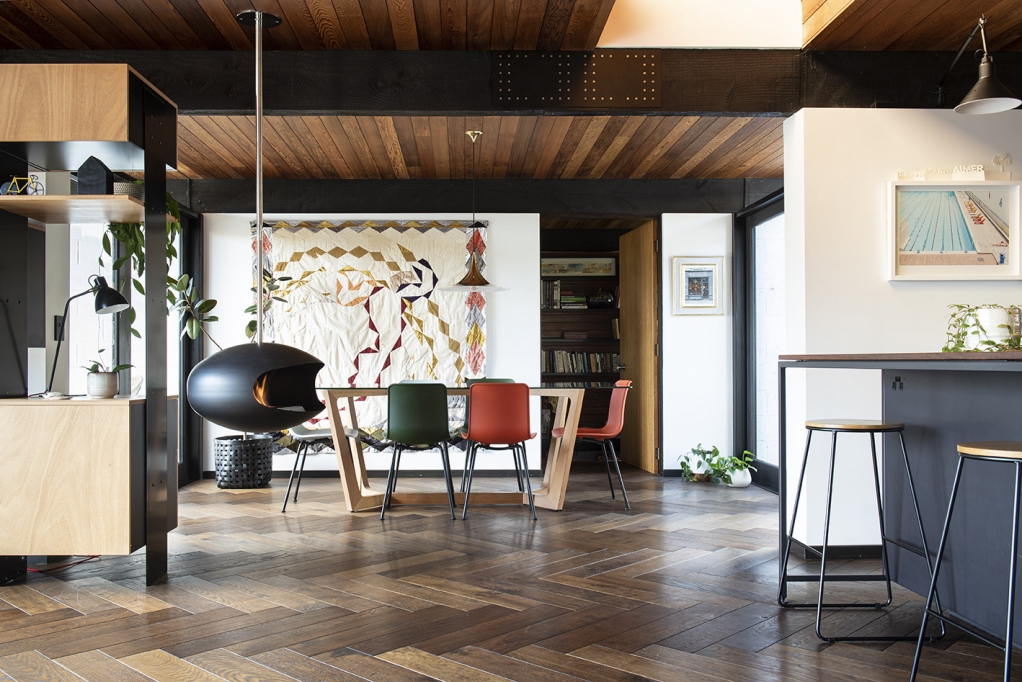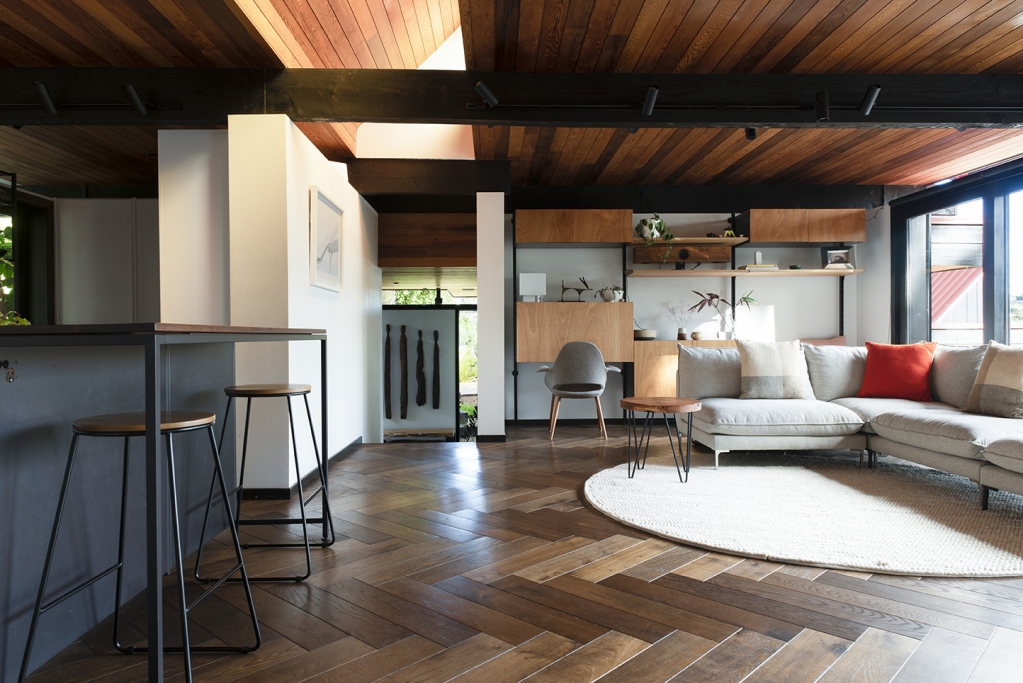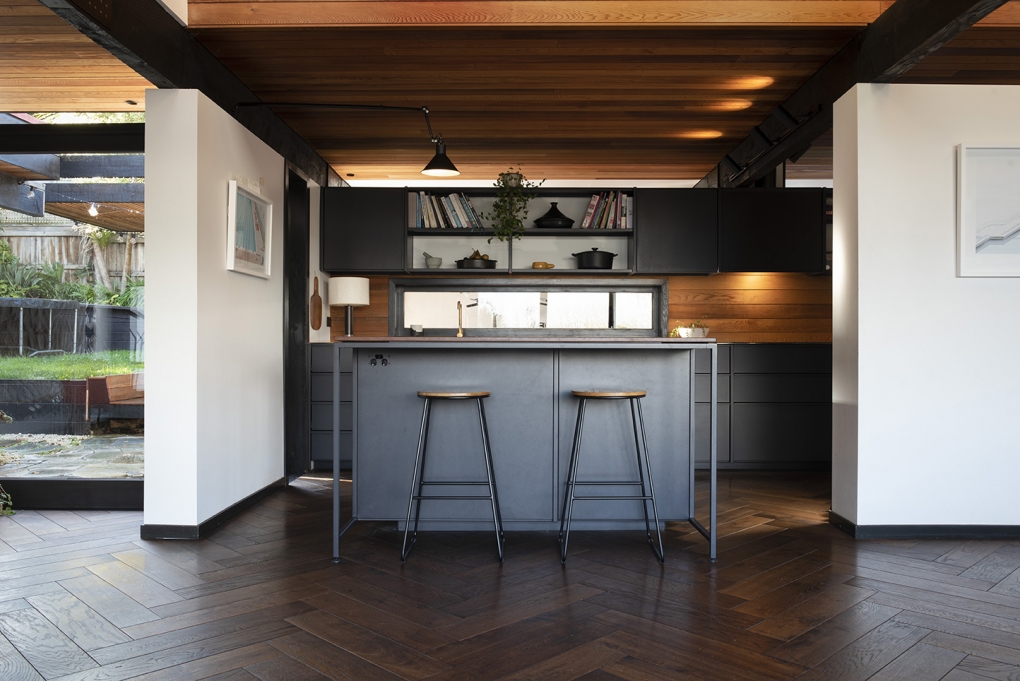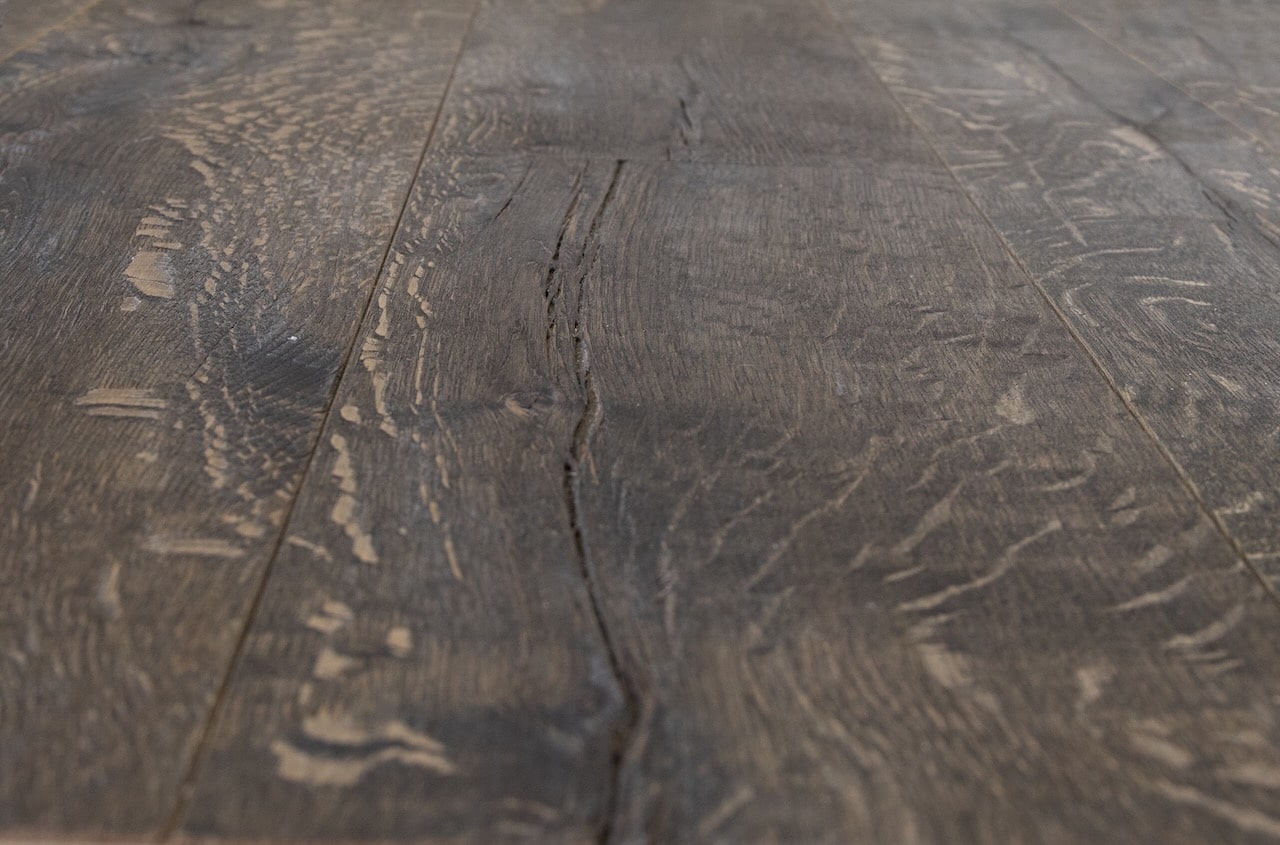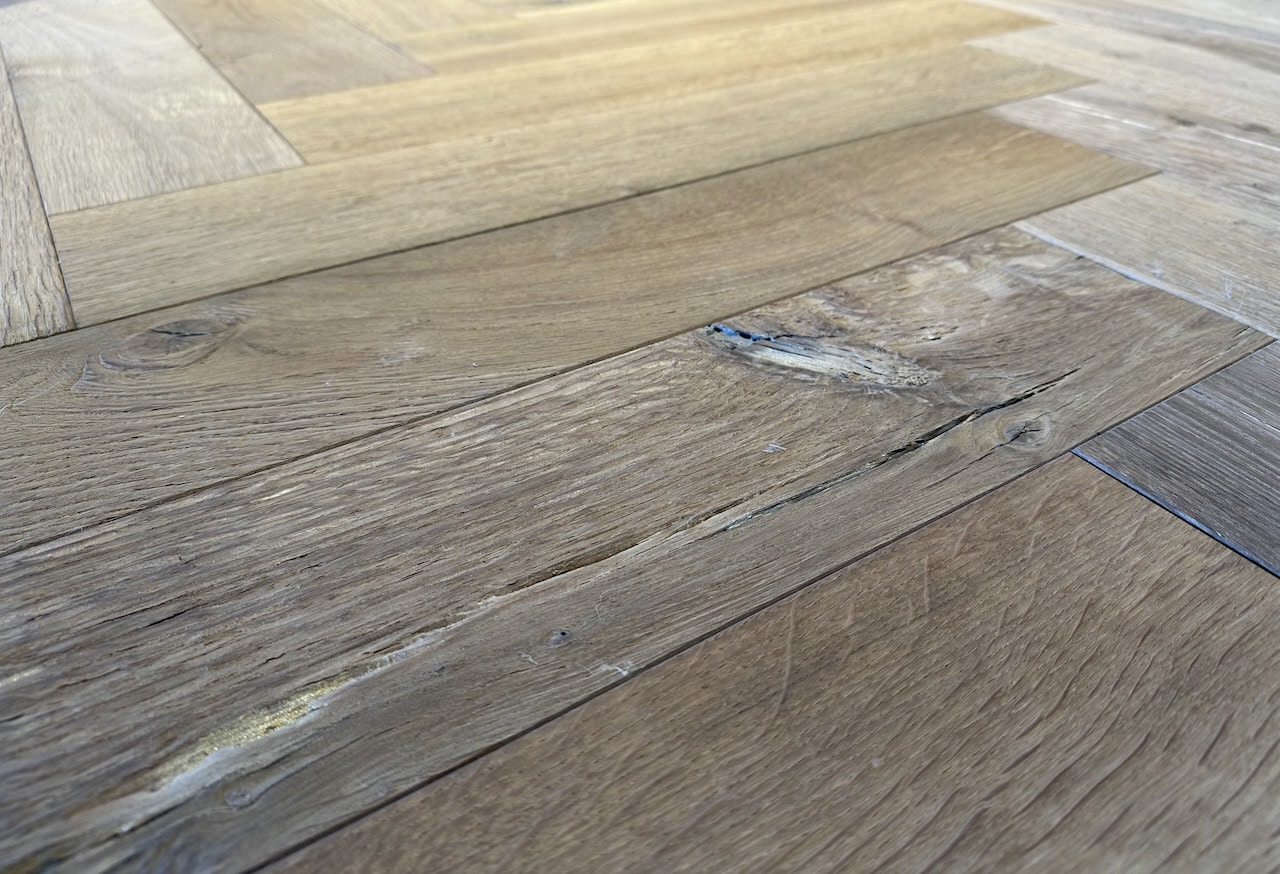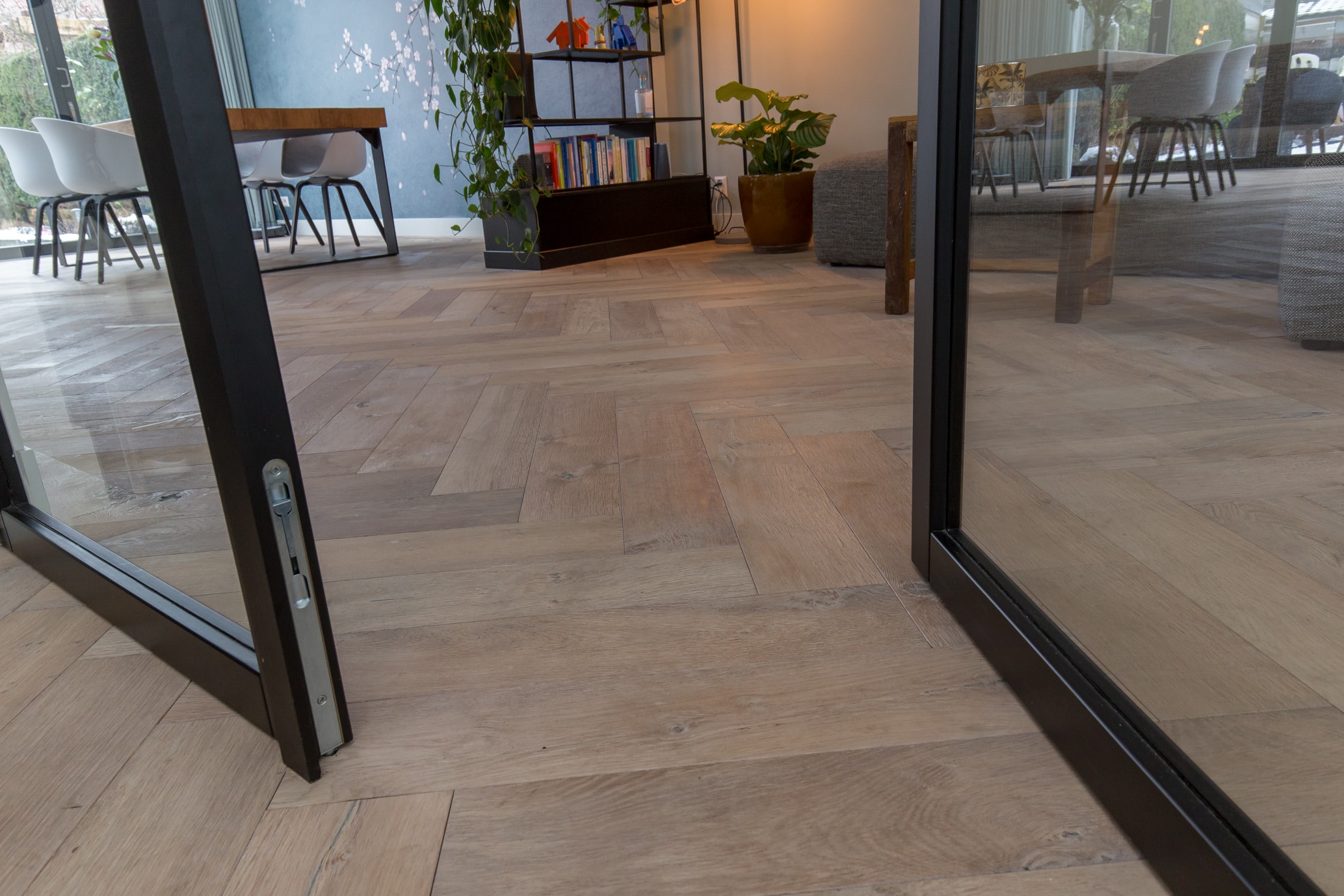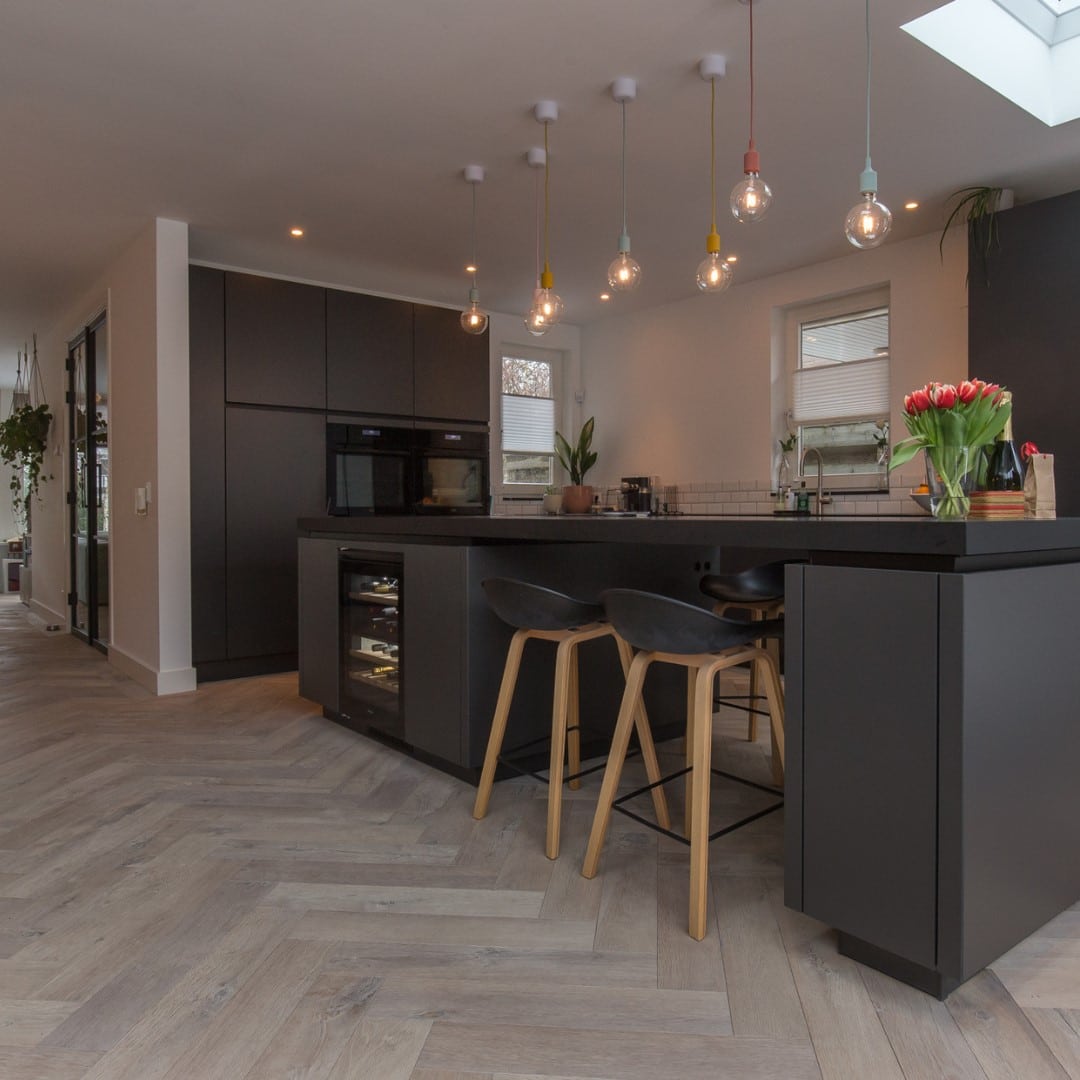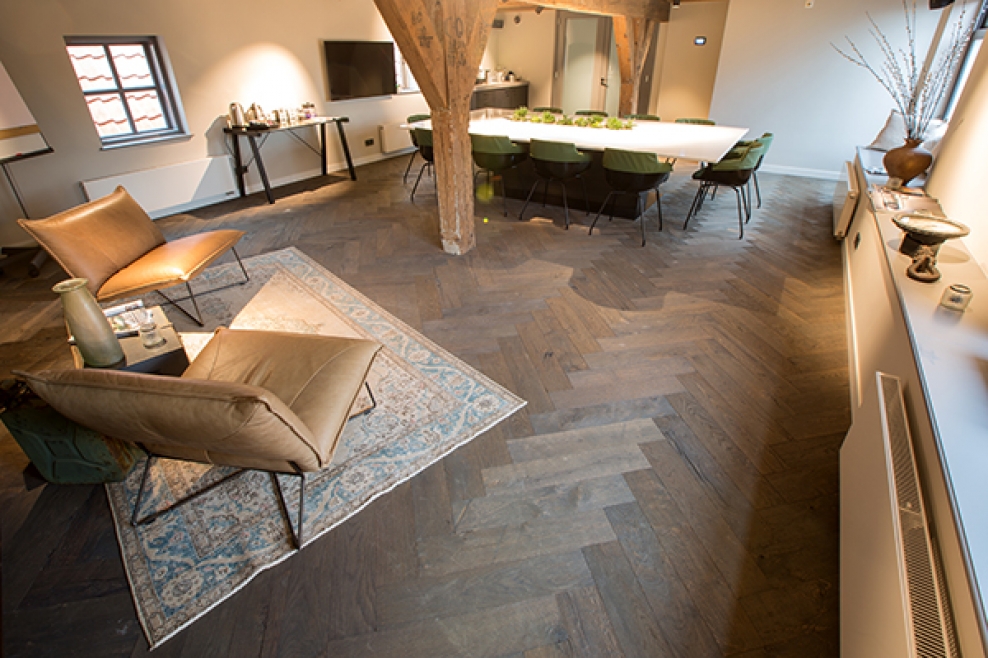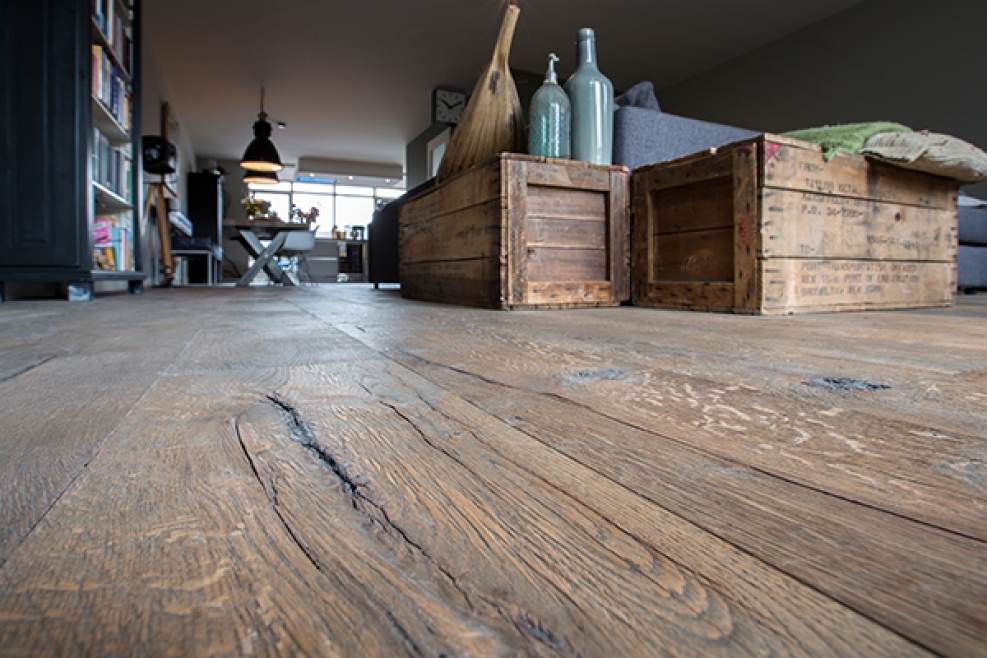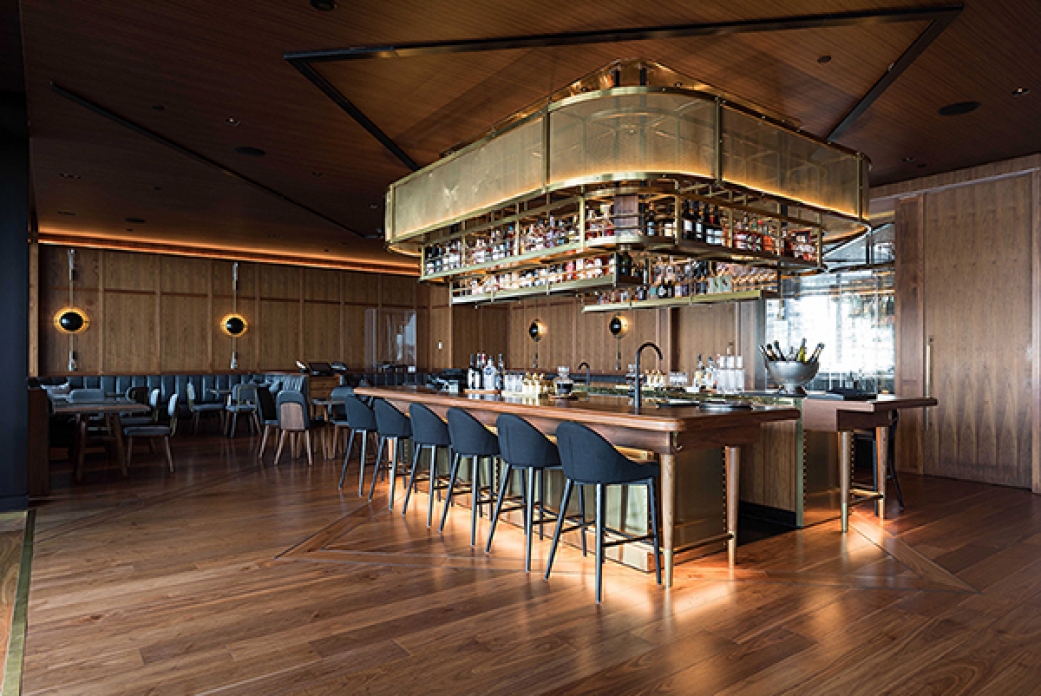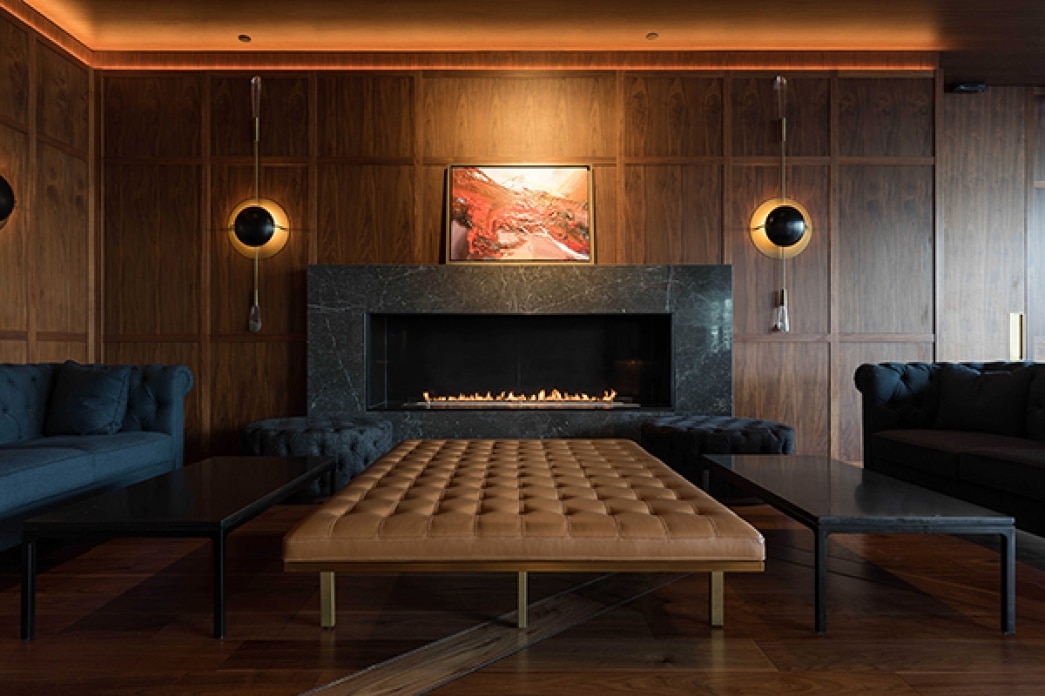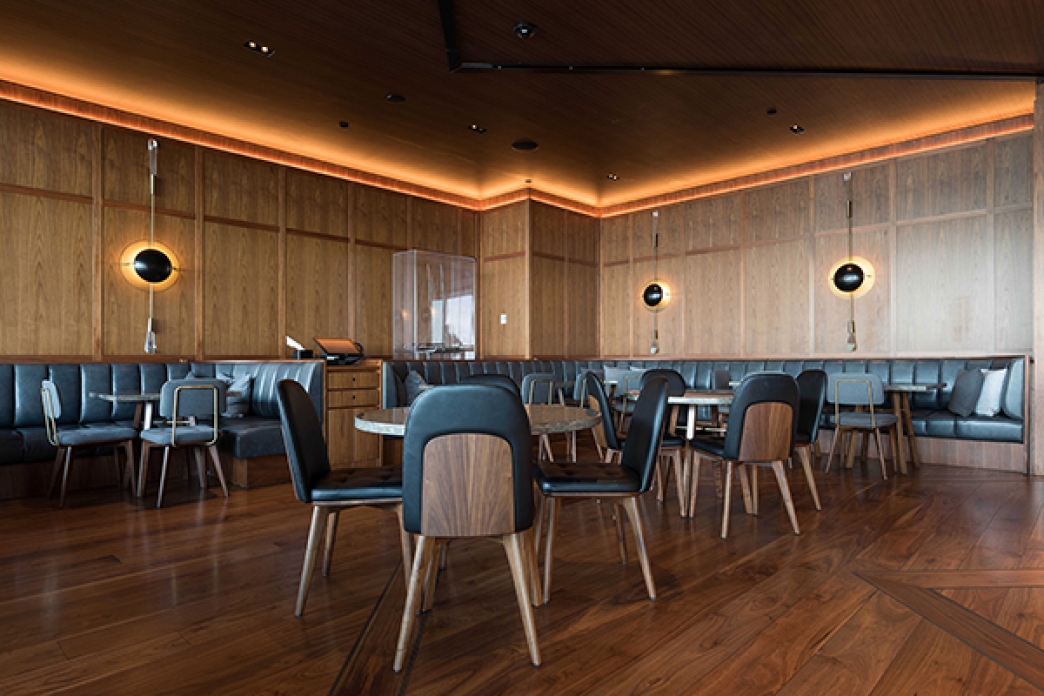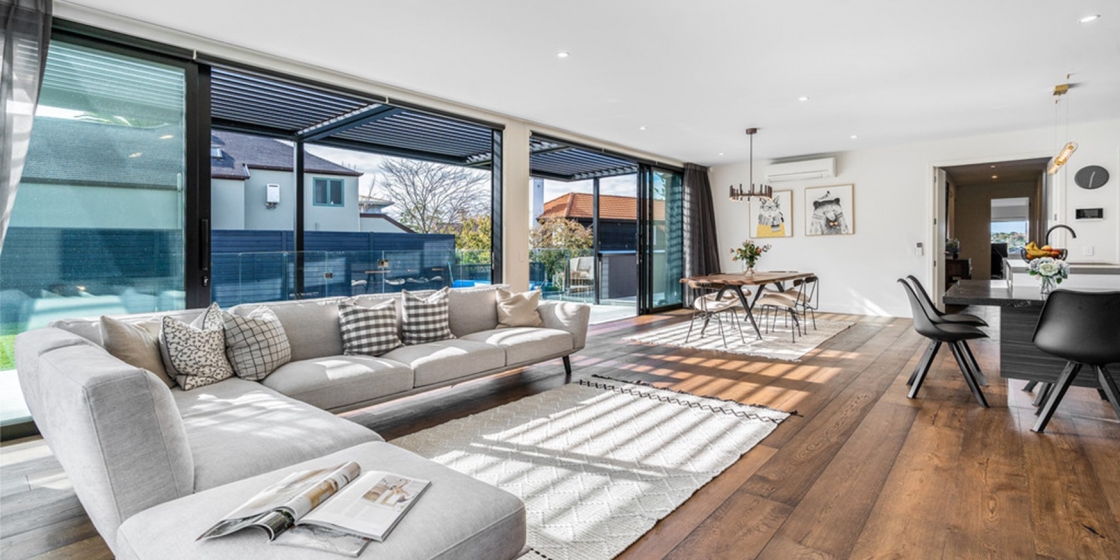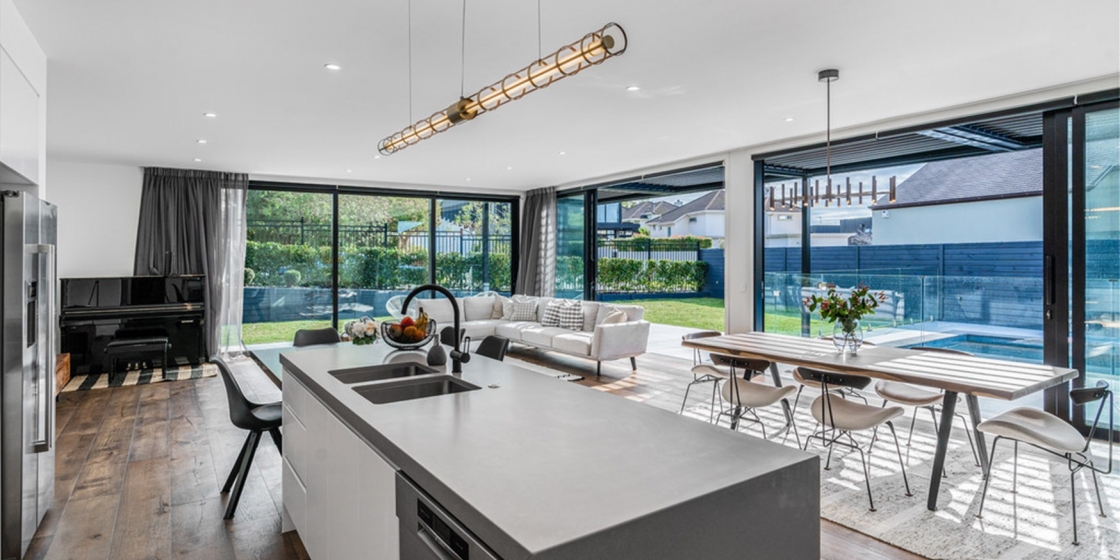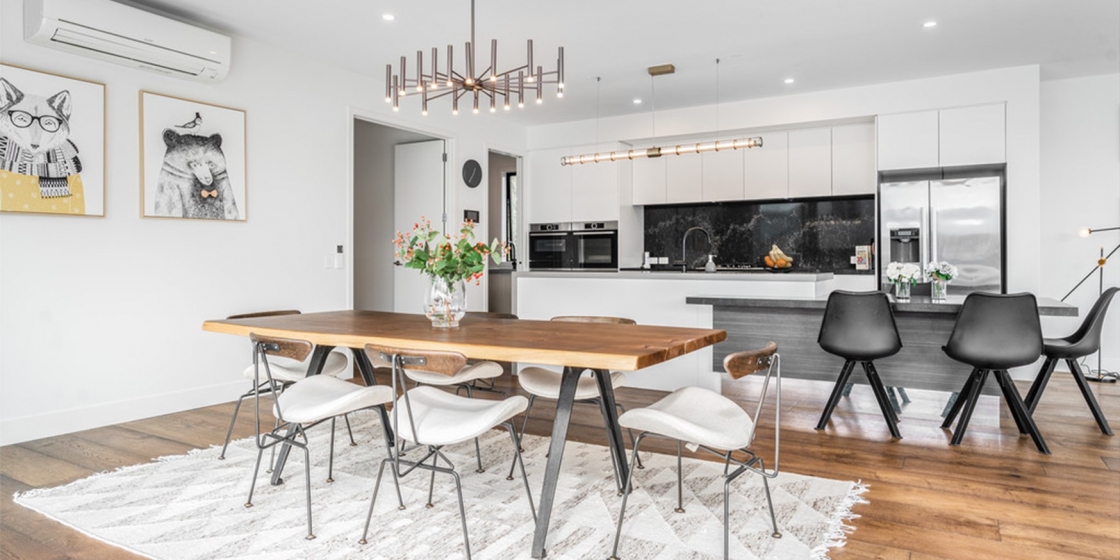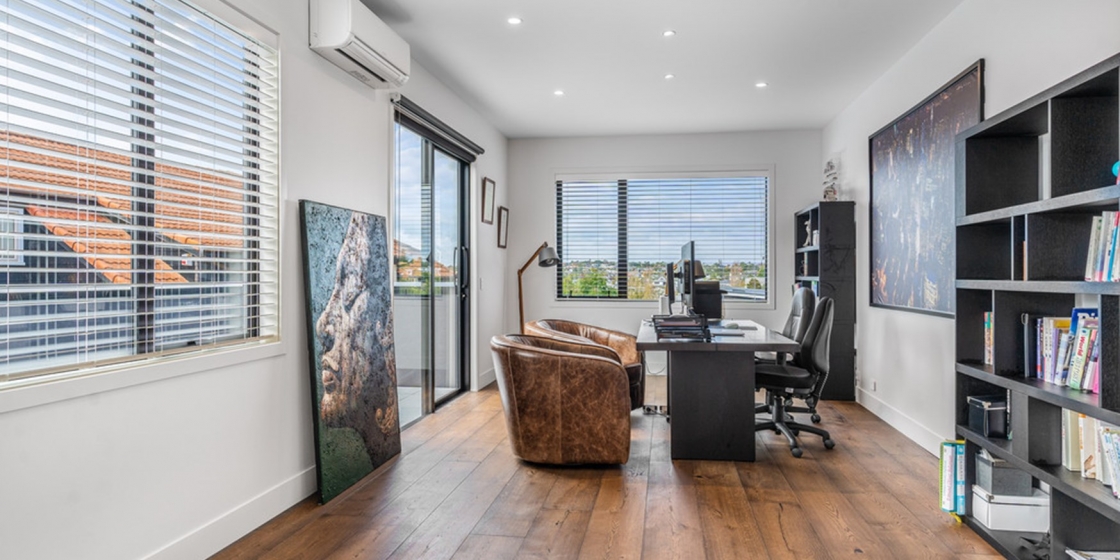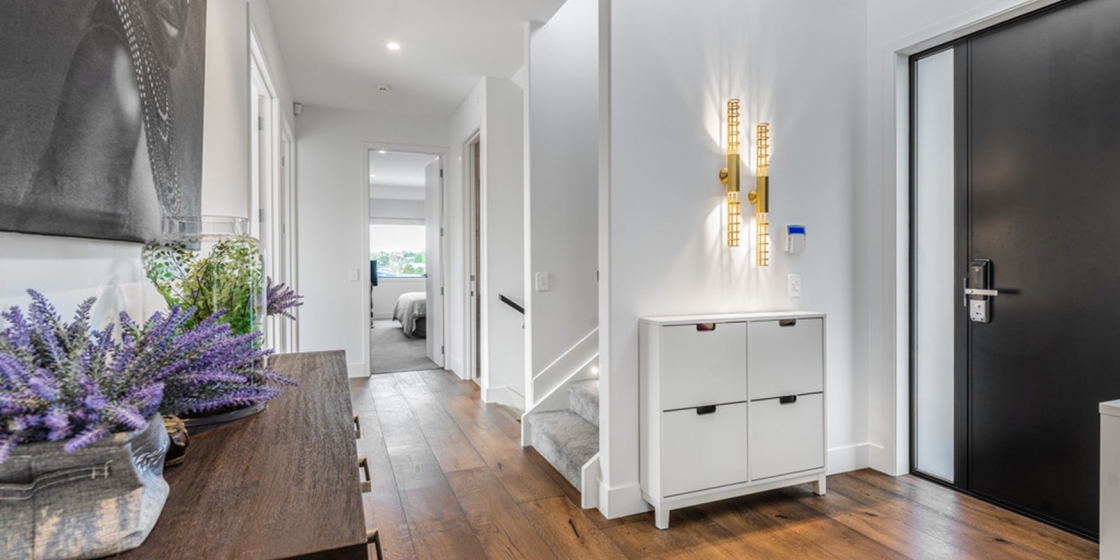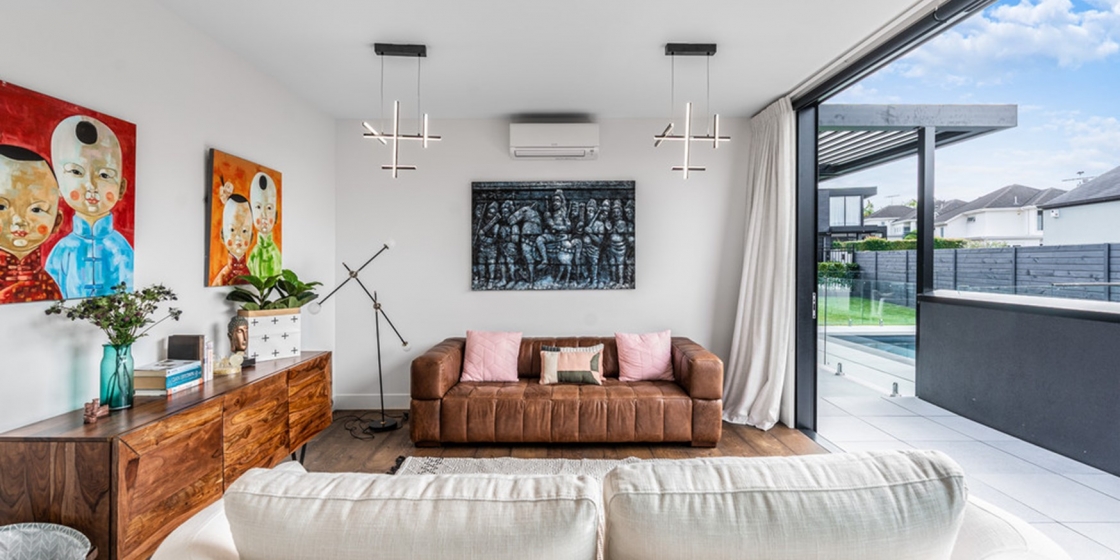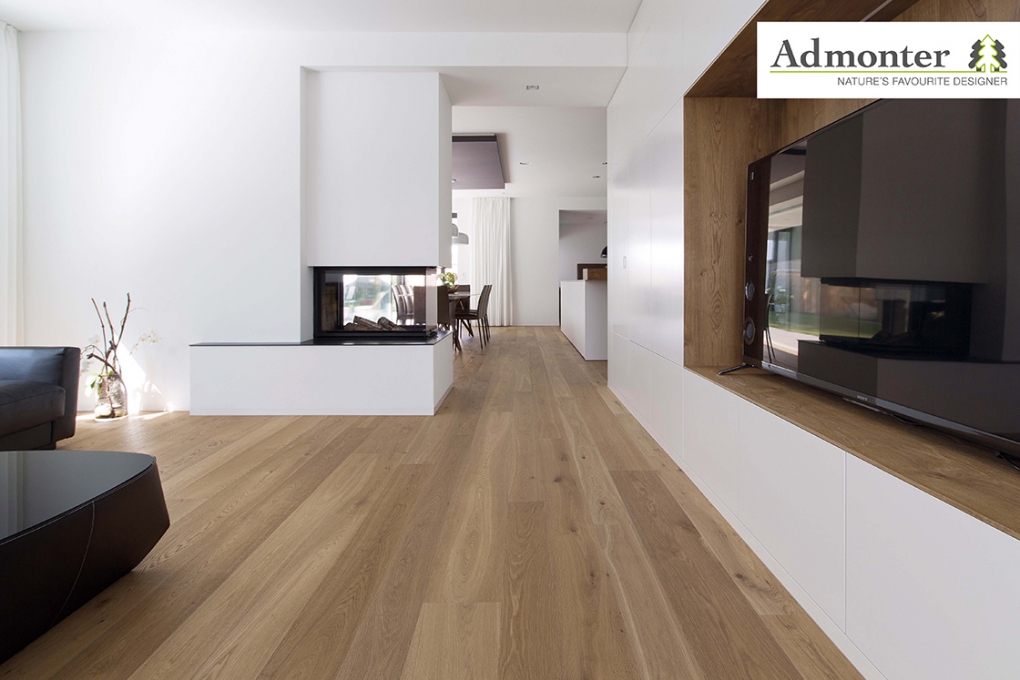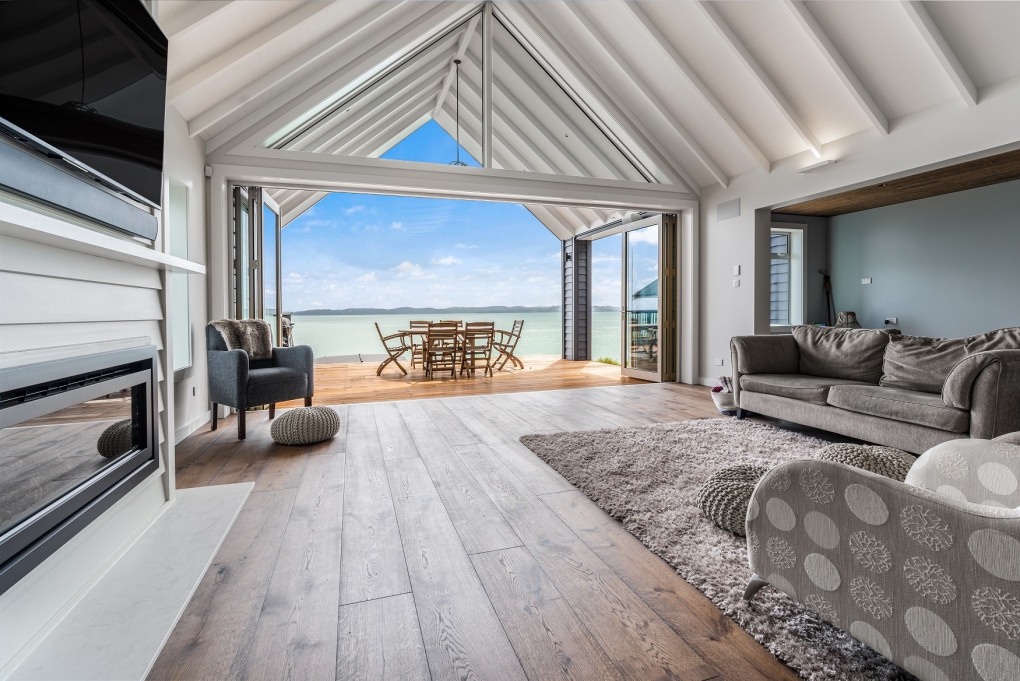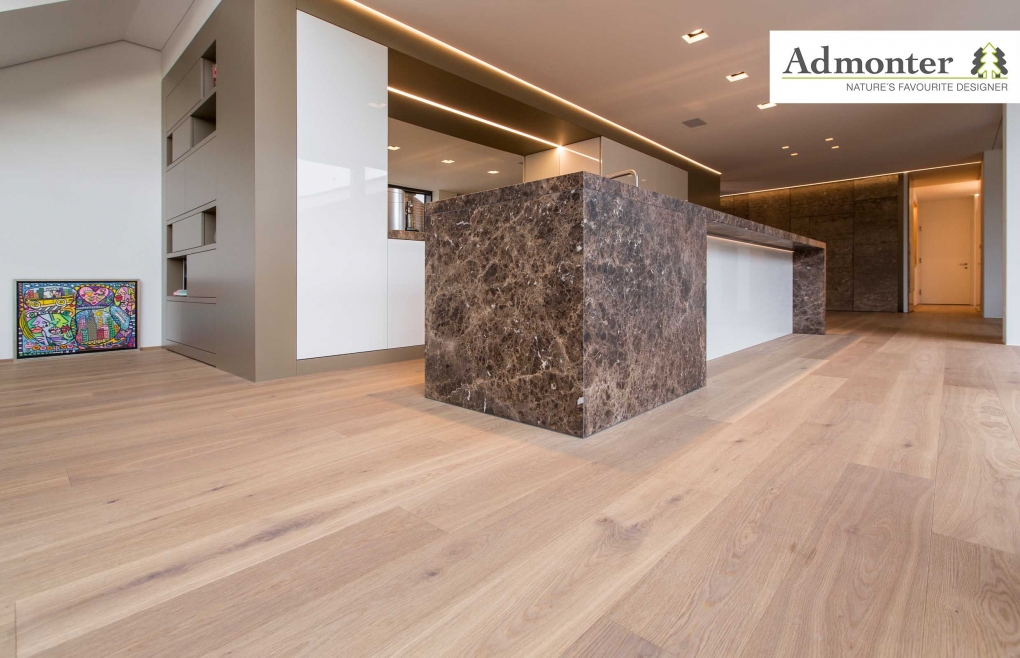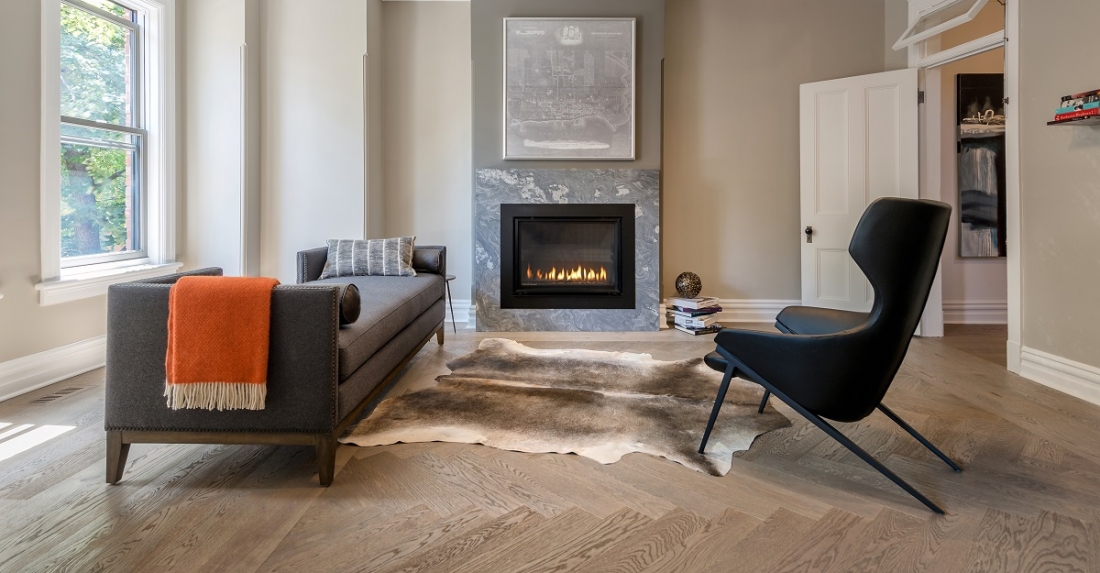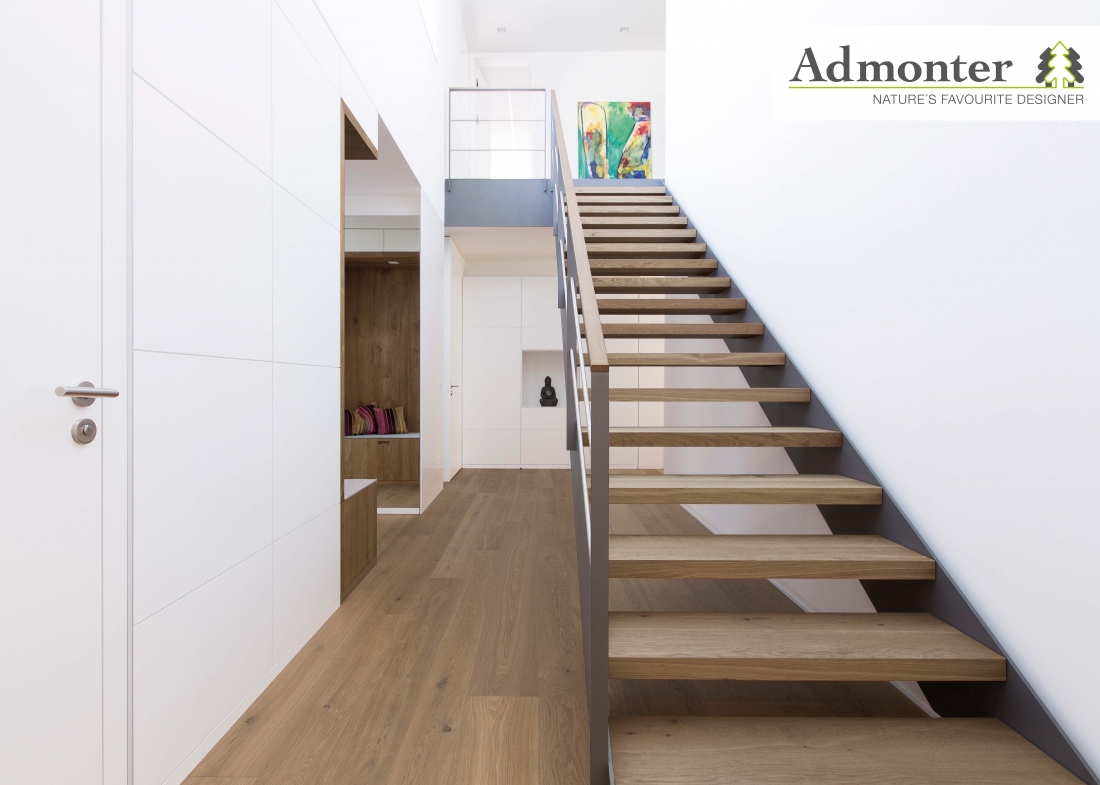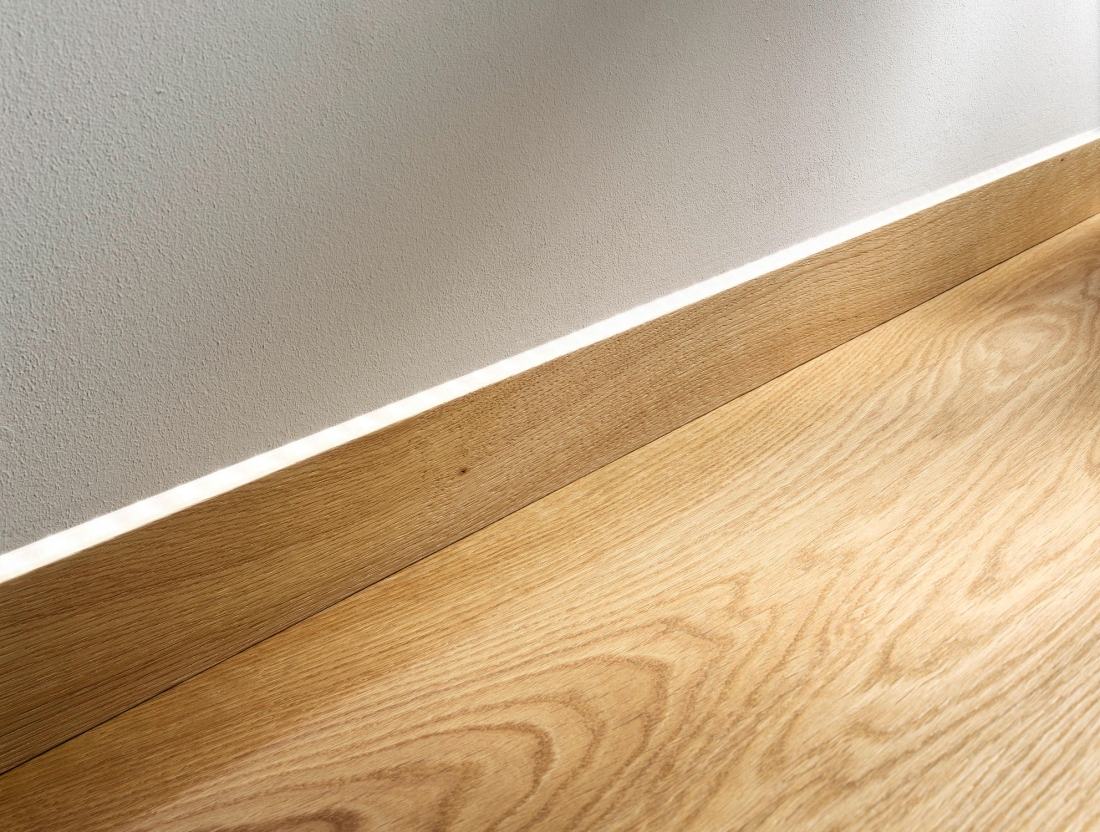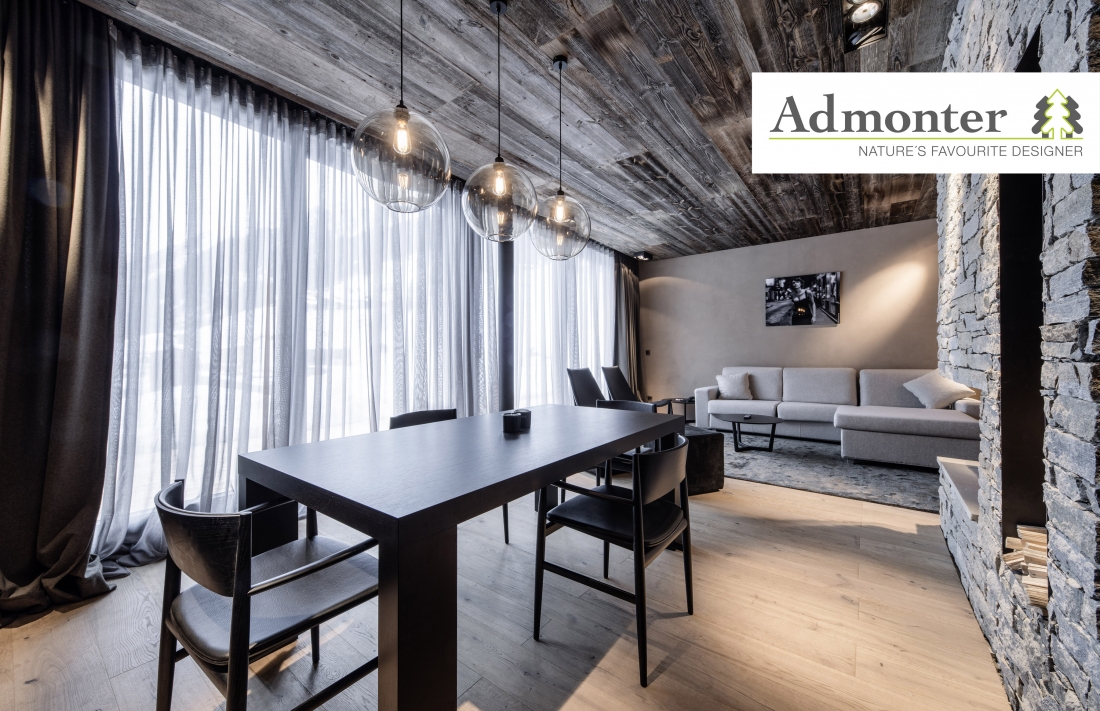Herringbone – A Family Home with Soul
Vienna Woods customer Sophie Heyworth shares her inspiration behind the design of her home and the reasons why they went with Vienna Woods Flamingo in a Herringbone flooring pattern.
Why did you choose this Vienna Woods flooring?
Vienna Woods was our first port of call having seen their flooring in a number of homes we liked. The idea of a herringbone floor was something we didn’t realise was possible until we saw a beautiful example installed by one of VW’s craftsman installers – we were immediately hooked. We wanted to use timber with plenty of grain and texture, laid as individual pieces – something that would feel amazing and tactile under bare feet. Flooring is arguably one of the most important decisions in a house and has a huge impact on the aesthetics and feel of a space, so we thought it was worth investing in.
What was your inspiration when designing your home?
We wanted to create a home with soul – to us that meant warmth, natural materials and a sense of craft. It’s not a big home by today’s standards and is a renovated ‘modernist’ style architectural home from the 70’s. It had nice proportions, large windows and novel details – some which work and some which don’t! We were inspired by the architect’s original drawings and details, many of which were never implemented. So we essentially went back to the materials and detailing which were originally drawn by the original architect and then improved on by our builder, landscaper and kitchen designer.
What was the overall look and feel you were trying to achieve?
For us, the house is predominantly intimate and personal, yet able to open out on both sides in summer to create a pavilion-style area for larger numbers of friends and family. In that sense it makes a great summer house which is cool, breezy and very much indoor-outdoor, whereas in winter it is closed in to create a cozy, warm place to hibernate. Ultimately the house needs to function as a busy family home, so it has to be able to withstand a lot of wear and tear. The floor is testament to this – we don’t have to be too precious about it and it still looks great. As with all natural materials, it gets better with age!
Engineered Timber Flooring: Flamingo /// Himalaya Herringbone
